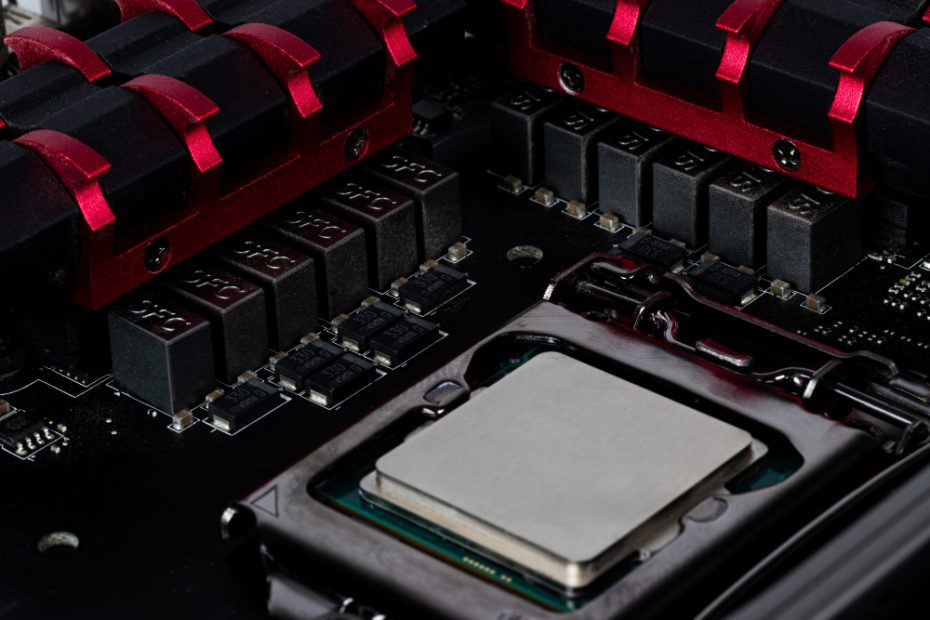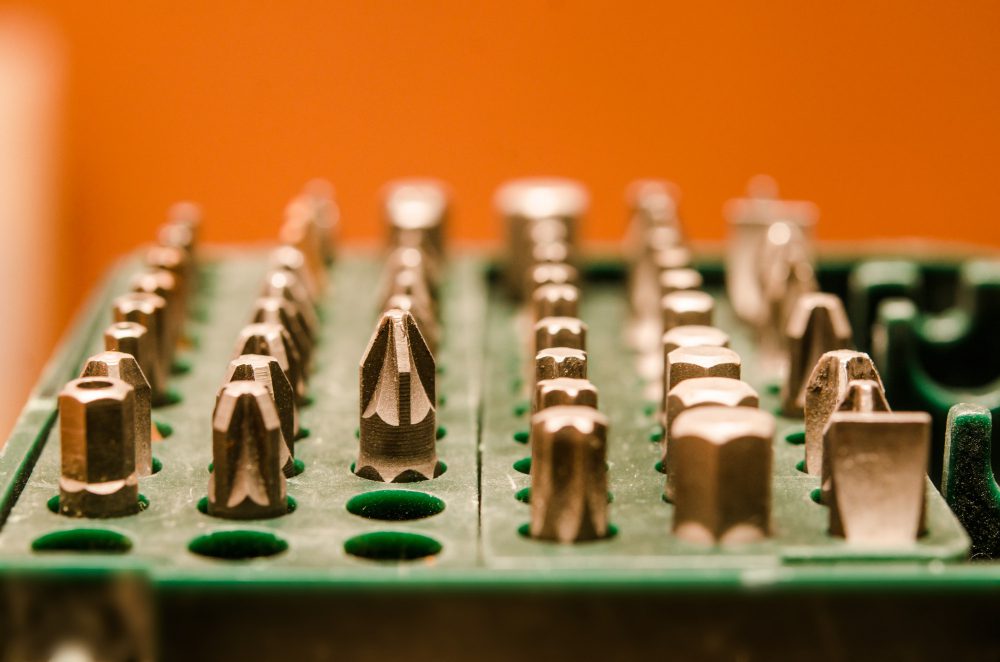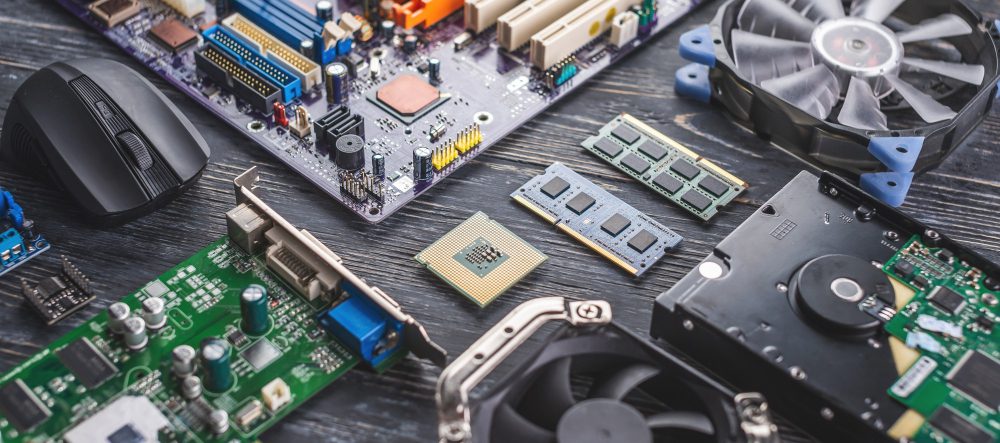How many motherboards does a computer have?
A motherboard is one of the most essential components of a computer. It is often referred to as the “heart” of the system, as it connects and allows communication between all the other hardware components. When it comes to the number of motherboards in a computer, the answer is typically one. However, there are certain scenarios where multiple motherboards might be used. In this article, we will explore the different situations where multiple motherboards are employed and discuss their purposes.
A single motherboard setup
In most standard desktop or laptop computers, you will find only one motherboard. This motherboard houses the central processing unit (CPU), memory modules, expansion slots, and various connectors for connecting peripherals such as storage drives, graphics cards, and network cards. It acts as the central hub that allows all these components to work together efficiently.
The design and layout of a motherboard can vary depending on the form factor and purpose of the computer. The most common form factors for desktop computers are ATX, Micro-ATX, and Mini-ITX, while laptops have their own unique motherboard designs.
Multiple motherboards in high-end systems
Although a single motherboard is standard in most computers, there are specific high-end systems that utilize multiple motherboards to achieve increased performance or fulfill specialized requirements. These setups are not typical for average computer users but are commonly found in servers, high-performance workstations, or computing clusters.
Server Systems: Servers are powerful computers designed to handle heavy workloads and provide services to multiple clients or users. They often require more processing power, memory, and storage capacity than consumer-grade systems. To accommodate these requirements, server systems can incorporate multiple motherboards. This allows for higher CPU core counts, increased memory capacity, and improved storage capabilities. In such setups, each motherboard typically functions independently, but they are connected to form a larger cluster to work together as a single entity.
Workstations: High-performance workstations used for tasks such as video editing, 3D rendering, or scientific simulations can also utilize multiple motherboards. These systems require immense processing power and often have support for multiple CPUs. By incorporating multiple motherboards, these workstations can provide higher core counts and greater memory capacity, allowing professionals to handle complex tasks more efficiently.
The benefits of multiple motherboards
In systems that employ multiple motherboards, there are several advantages that come with this setup:
- Increased Performance: By distributing the workload across multiple motherboards, overall system performance can be enhanced. Each motherboard can handle specific tasks independently, leading to better processing power and faster data transfer rates.
- Redundancy and Fault Tolerance: Servers often employ multiple motherboards to provide redundancy and fault tolerance. If one motherboard fails, the others can take over, ensuring uninterrupted service. This is especially crucial in critical systems where downtime can result in significant losses.
- Scalability: Multiple motherboards allow for easier scalability. As new technologies or components become available, additional motherboards can be added to the system, providing increased computational power or additional features without having to replace the entire system.
“Multiple motherboards in high-end systems allow for increased performance, fault tolerance, and improved scalability.”
Conclusion
In conclusion, the number of motherboards in a computer is typically one, as seen in most standard desktops and laptops. However, for specialized applications requiring increased performance, fault tolerance, or scalability, multiple motherboards can be employed. These setups are commonly found in server systems and high-performance workstations. By incorporating multiple motherboards, these systems can achieve higher processing power, improved memory capacity, and enhanced storage capabilities. Although multiple motherboards provide various benefits, they are not necessary for the average computer user.



